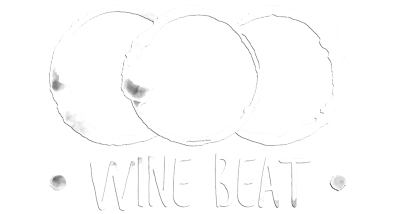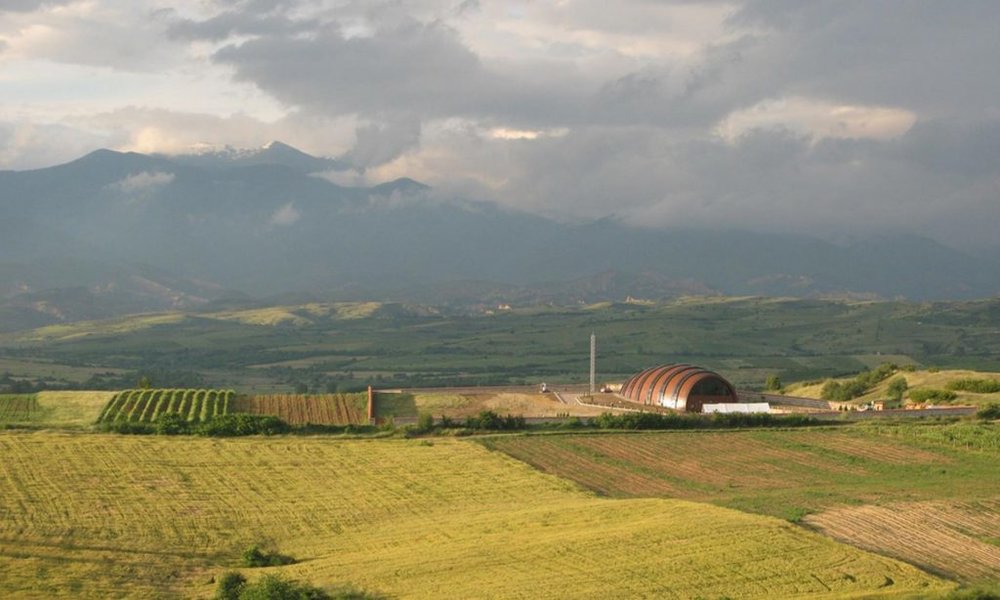
The Thracian Lowlands are one of the two prominent wine growing regions of Bulgaria. The name evokes ancient Thrace, inextricably linked with mythology and the epic Greek wars of history. This was the source of many of the most famous wines of those early times and the people of Troy apparently highly prized Thrace as a source of wine. With evidence of winemaking in this region going back to 4000 BC, Thrace is home to some of our earliest wine heritage. And Bulgaria has kept this tradition alive and has exploited its ideal grape growing soils and climate to a remarkable degree – in fact to the point that Bulgaria was the 4th largest producer of wine in the world. OK, most of this wine was staying in the former Soviet Union and, admittedly, the industry collapsed in the late 80’s due to some centrally imposed limits on the booze industry as well as the ultimate implosion of the Soviet Union. But those were mere passing episodes along the very long wine journey of Bulgaria. Today there is every opportunity for Bulgaria to parlay its advantageous wine regions and low cost of production into a world-beating wine offering.
The Thracian Lowlands comprises a very large region along Bulgaria’s border with Greece and Turkey and is made of several sub-regions. International varieties have been relied upon heavily by the better quality producers of the area. But there are some very interesting local varieties that are receiving more attention as the modern wine industry matures. With a tremendous array of sub-regions and microclimates, and the support and motivation of the European Union – as well as that very deep wine history – Bulgarian wine makers are investing heavily in their infrastructure and focussing on quality. Bulgaria has a tremendous amount going for it but it remains somewhat overshadowed by all of the other competition in the international market. Nevertheless sales and exports are growing and, as this growth continues, the reputation and international recognition of the wines increase as well.
Why the Thracian Lowlands for Wine?
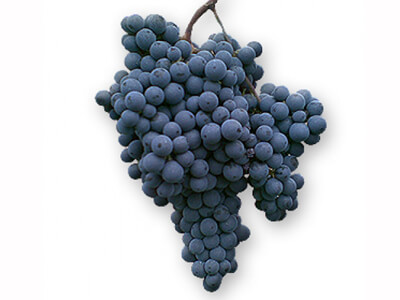
It is not just the long history that makes for wines of great pedigree here. The investment in winemaking and vineyards has been enormous. Although there are a large number of boutique producers there are also some very large producers. Edoardo Miroglio, Villa Melnik, Orbelus Winery, Katarzina Estate, Bessa Valley and Boyar are examples. These players have the heft to break into the international market and to make the wines more accessible to wine drinkers around the world. They are also keenly focussed on quality. Many wines are winning international awards and scoring into the 90s among wine pundits. The wines also tend to be quite “international” in style – there is definitely some Parker style influence here. The style is also driven by the predominant wine varieties in use such as Cab and Merlot. However, there are also distinct and characterful local varietal wines to attract the adventurous wine seeker.
Although Cabernet Sauvignon, Merlot, Syrah and Pinot Noir and other international varieties are used to a large extent, look for wines from local varieties. Start with the very compelling Mavrud grape (known of its bold red fruit flavours and lively acidity) and Melnik grape (spicey and complex).
Where is the Thracian Lowlands?
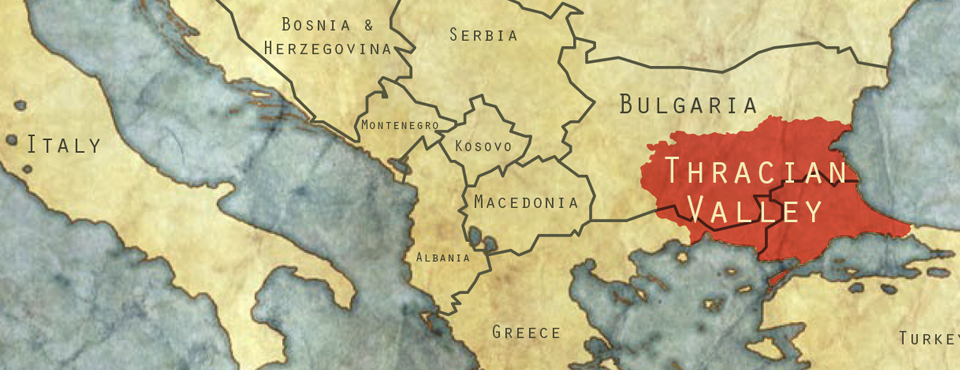
Spread across the southern half of the country this is a very large area. As such the region comprises a very diverse group of individual sub-regions. With time the classification of these regions will no doubt be more specific. For now the lumping together makes it a little challenging to parse the wines by specific terroirs. But it is possible, with some research, to track down wines from particular regions. www.inyourpocket.com breaks down some of the wineries by sub-region in their blog about “The Best Wines of Bulgaria”. Here is a short snapshot (with links to the winemakers embedded):
Strouma Valley – Villa Melnik , Orbelus and Medi Valley winery.
Yakata – Villa Yustina (look for wines made with the local Mavrud grape)
Central Thracian Valley – Bessa Valley and Dragomir Estate winery.
Sakar and Strandza mountain – Katarzyna Estate and Castra Rubra.
Sredna Gora Hills – Midalidare Estate, Angelus Estate, and Alexandra Estate.
Close to the city of Sliven – Rossidi winery, Domaine Boyar and Edoardo Miroglio.
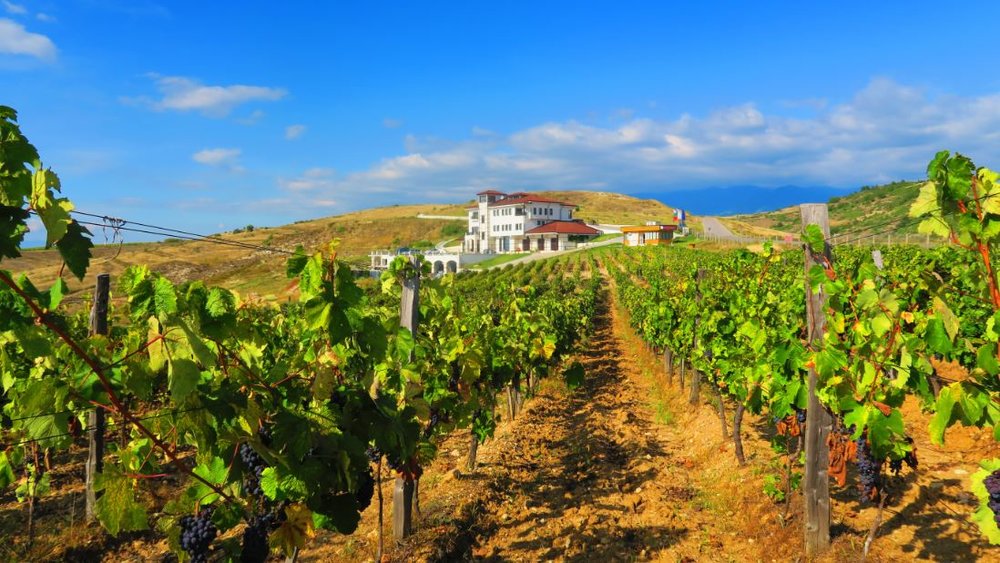
Who are The Winemakers?
A good cross section of winemakers has been set out above and links have been included to their websites. But there are many more winemakers, both large and boutique, and Bulgaria offers fantastic wine touring opportunities. The winemakers are eager to have guests come and learn about their wines. You will receive a very warm welcome (especially if you are from North America or other far-flung places that do not send tourists to Bulgaria so often – you will be a very prized novelty when you visit!).
When is the Best Time to Go?
Summer is the best time to go and wine touring is ideal at this time of year. The spring and the fall are lovely in Bulgaria. The climate tends to be a bit more benign in the south where the Thracian Lowlands are located. The Stara Planina (Balkan Mountain Range) provides some buffer from the cold wind coming from Russia.
Useful Links:
www.inyourpocket.com/sofia/All-About-Bulgarian-Wine_74072f

Photo Credits Villa Melnik, Orbelus Winery, Edoardo Miroglio Estate
